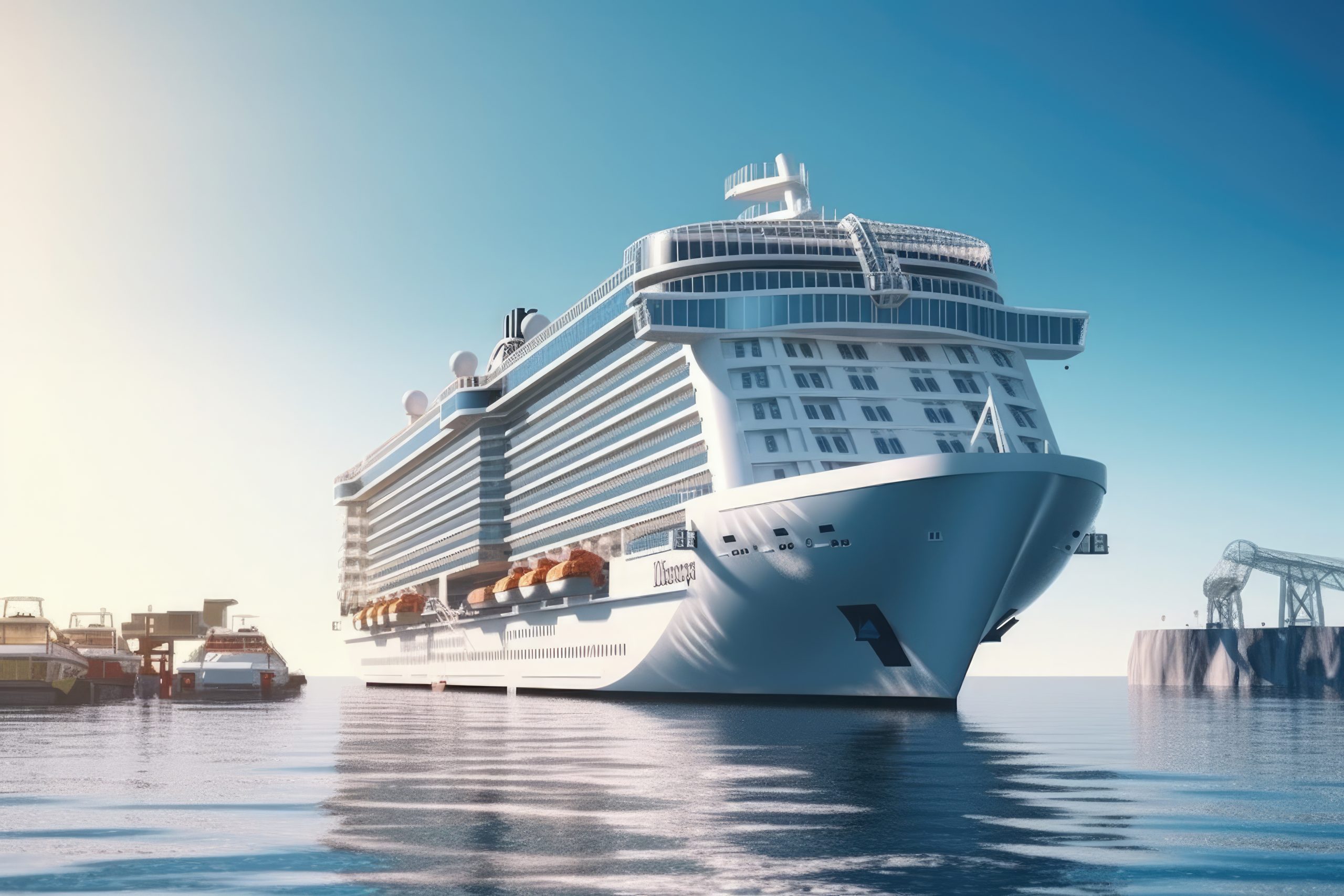The International Finance Corporation (IFC), part of the World Bank Group, has announced a $67 million partial credit guarantee for Buquebus (Los Cipreses S.A.) to support the construction of the world’s largest electric ferry, China Zorrilla. This vessel will connect Buenos Aires, Argentina, and Colonia del Sacramento, Uruguay, through a $107 million loan from Banco Santander Uruguay.
This financing marks the first “blue operation” in Uruguay and the first in the world in the maritime and electric transport sector. The “blue loan,” a subset of green financing introduced by IFC, focuses on investments in water management, plastic pollution reduction, marine ecosystem restoration, sustainable maritime transport, and marine renewable energy.
The investment aims to decarbonise the largest passenger ferry route between Argentina and Uruguay, reducing carbon dioxide emissions by approximately 37,545 tons annually.
This financing continues Banco Santander’s decade-long support of Buquebus’s sustainability initiatives. Buquebus’s commitment to environmental responsibility began with the Francisco vessel, financed by Santander, which operates on Liquefied Natural Gas (LNG). The new China Zorrilla will further advance technological and environmental standards.
Buquebus will also invest an additional $14 million in two charging stations and related infrastructure for the e-ferry, which will accommodate 2,100 passengers and 225 vehicles. The ferry will include a duty-free shop, restaurants, and state-of-the-art facilities, including accessibility features, and is expected to be operational by October 2025.
The construction will be handled by Incat Tasmania Pty Ltd., an Australian shipyard renowned for its high-speed catamarans and commitment to renewable energy. The electric ferry project supports Uruguay’s Nationally Determined Contribution (NDC) under the Paris Agreement, emphasising electric mobility and infrastructure, and aligns with Argentina’s NDC goals for fleet renewal with alternative energy.
Juan Carlos López Mena, president of Buquebus said, “Our main environmental goal is to reduce greenhouse gas emissions through state-of-the-art technologies. We are proud and grateful for our long-term partnership with Banco Santander and now with the International Finance Corporation (IFC) achieving the goal of Zero Emissions with this innovative vessel.”
Gustavo Trelles, Country Head of Santander Uruguay, stated that the bank’s commitment to sustainability is strong and resolute. He said, “All our financing tools are available to individuals and companies determined to pursue progress, investment, business growth, and driving the green transition.”
“This project is a remarkable innovation that will bring the world’s largest e-ferry to connect Argentina and Uruguay, marking the first e-ferry in emerging economies. It will inspire other companies in this and other regions. Investing in electric transportation is essential to reduce millions of tons of greenhouse gas (GHG) emissions each year, a sector that accounts for around 25% of these emissions globally,” said Alfonso Garcia Mora, Vice President for Europe, Latin America, and the Caribbean at IFC.
